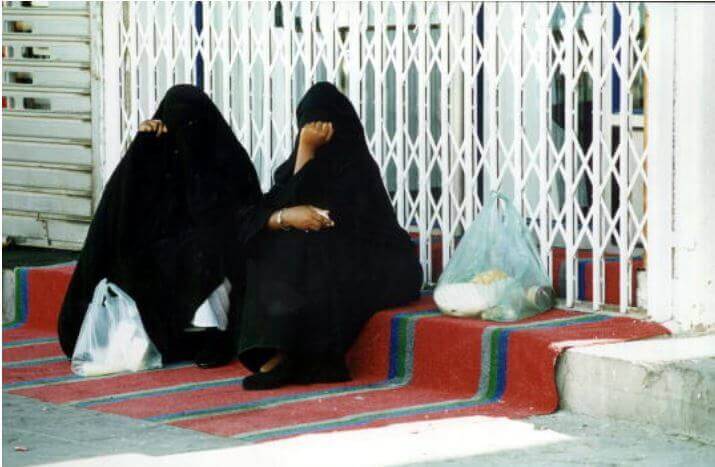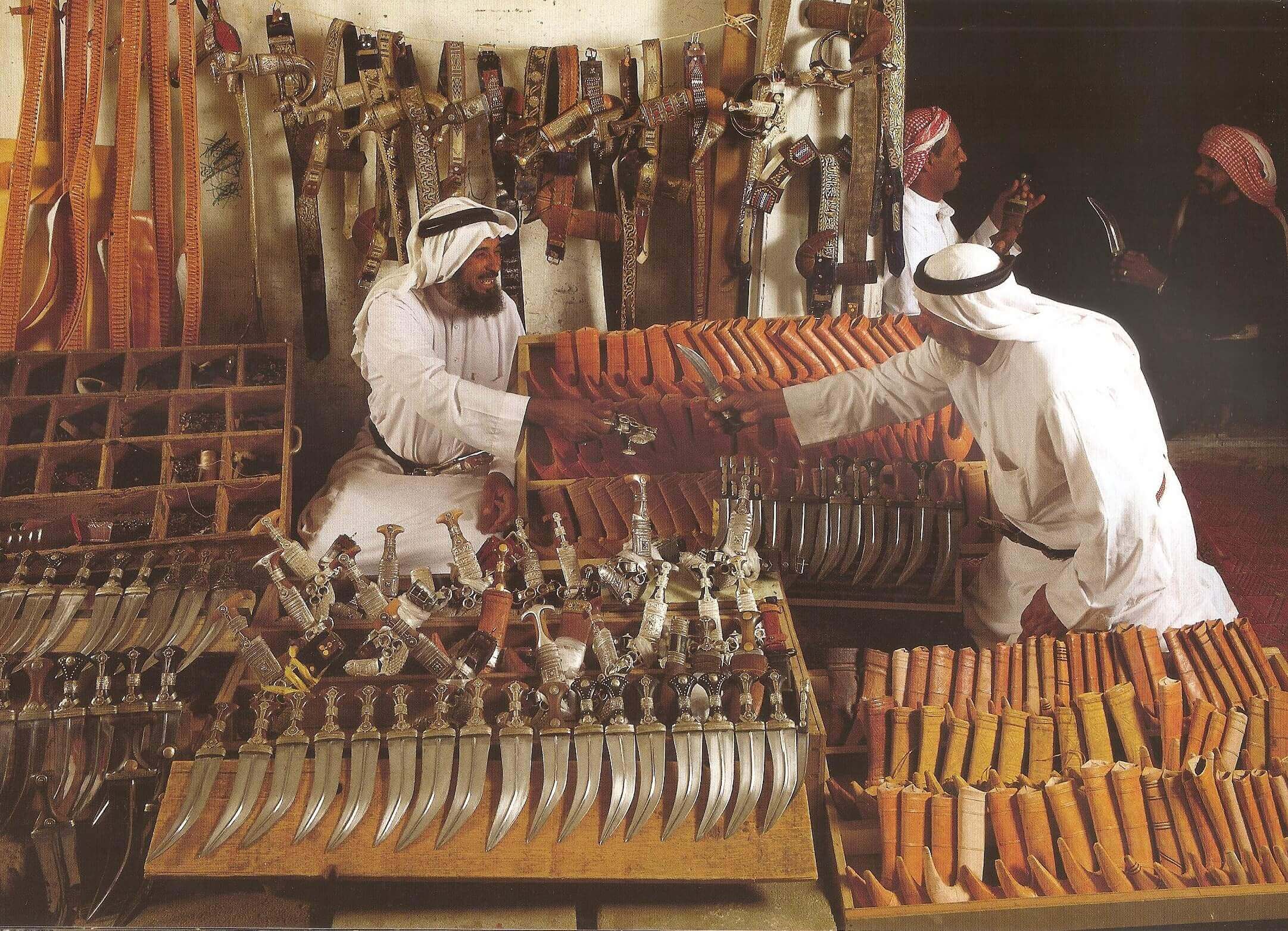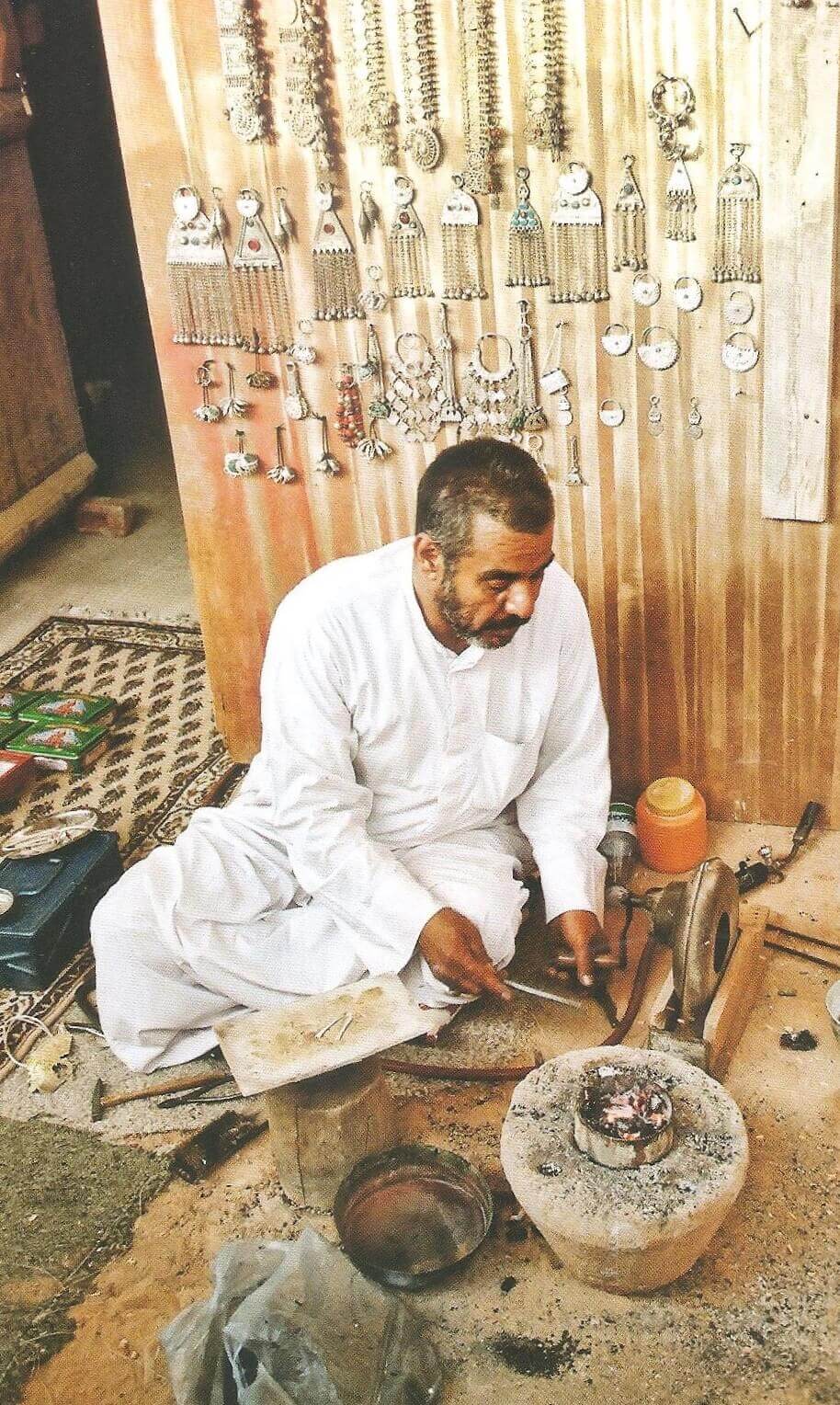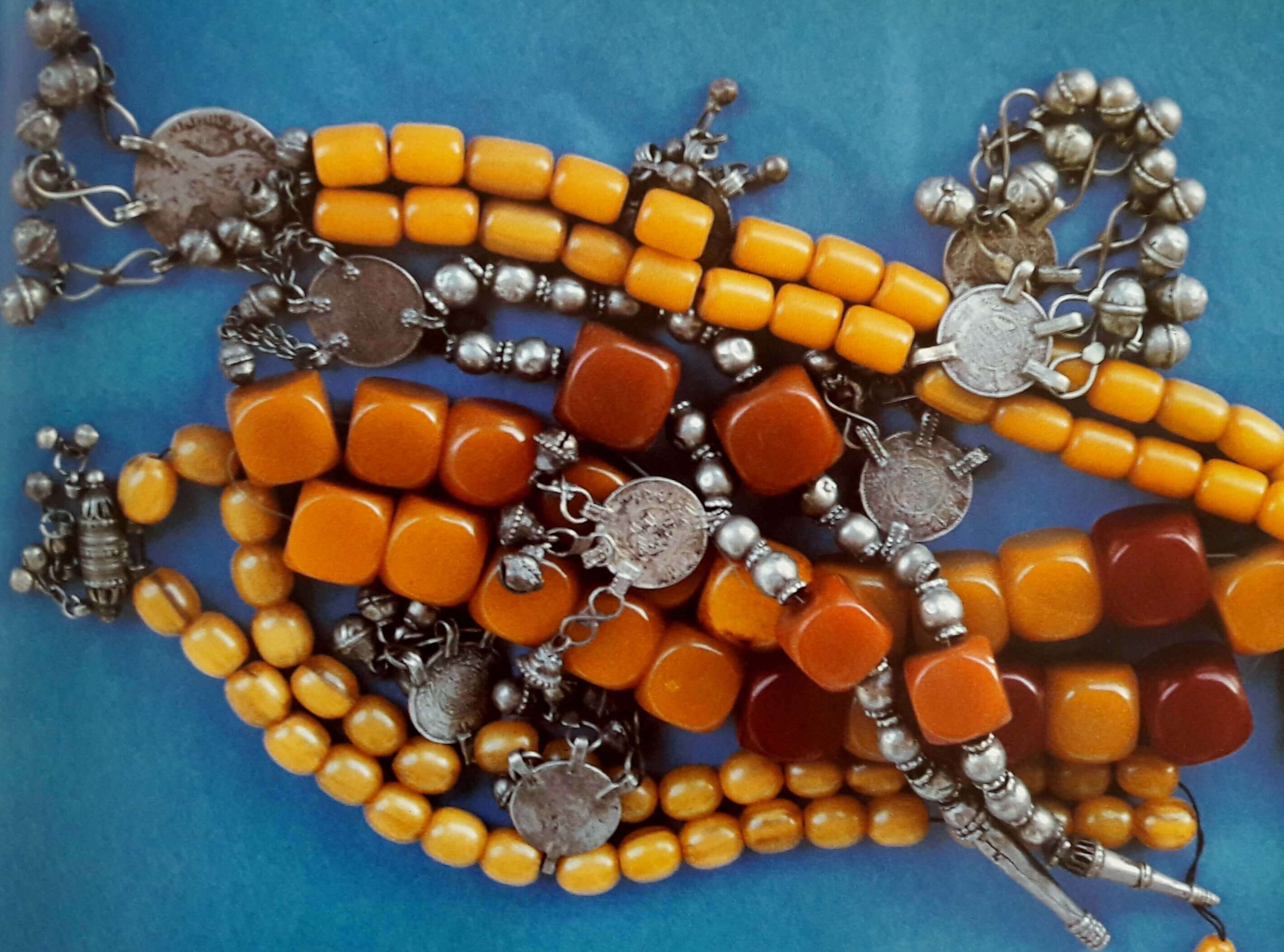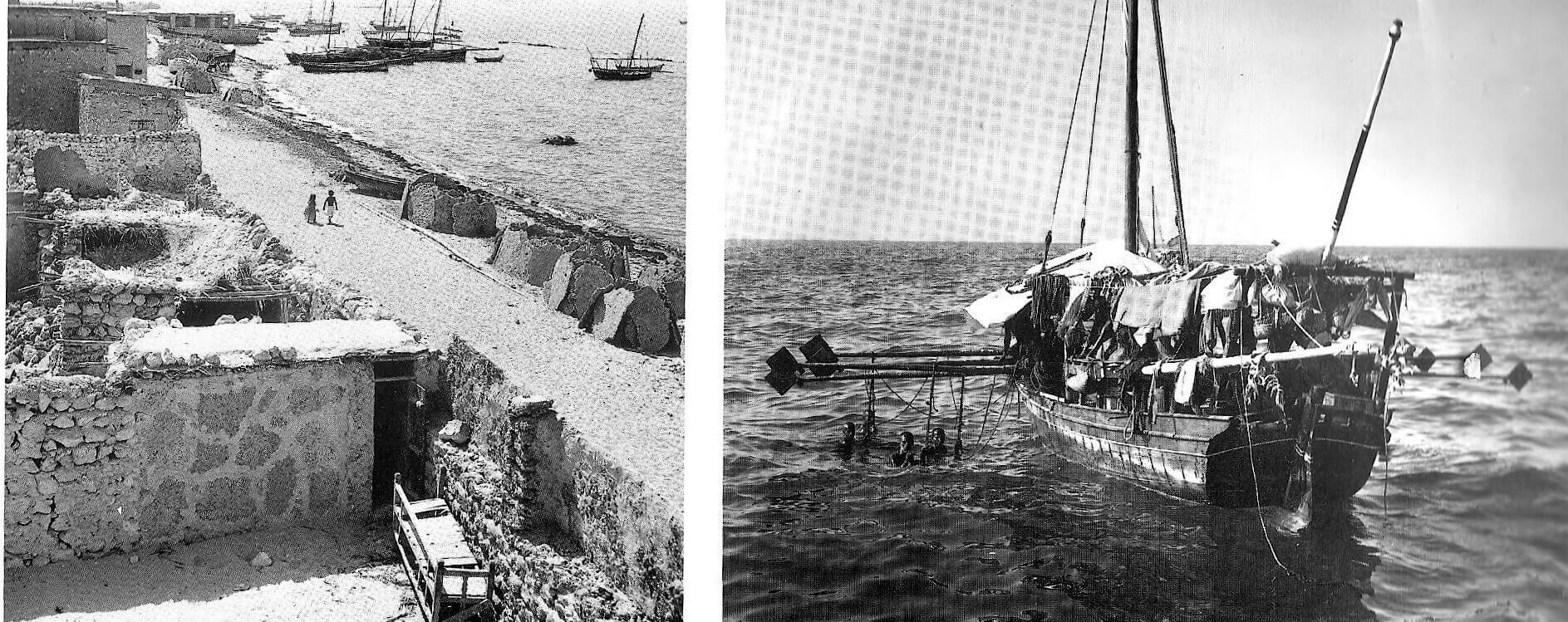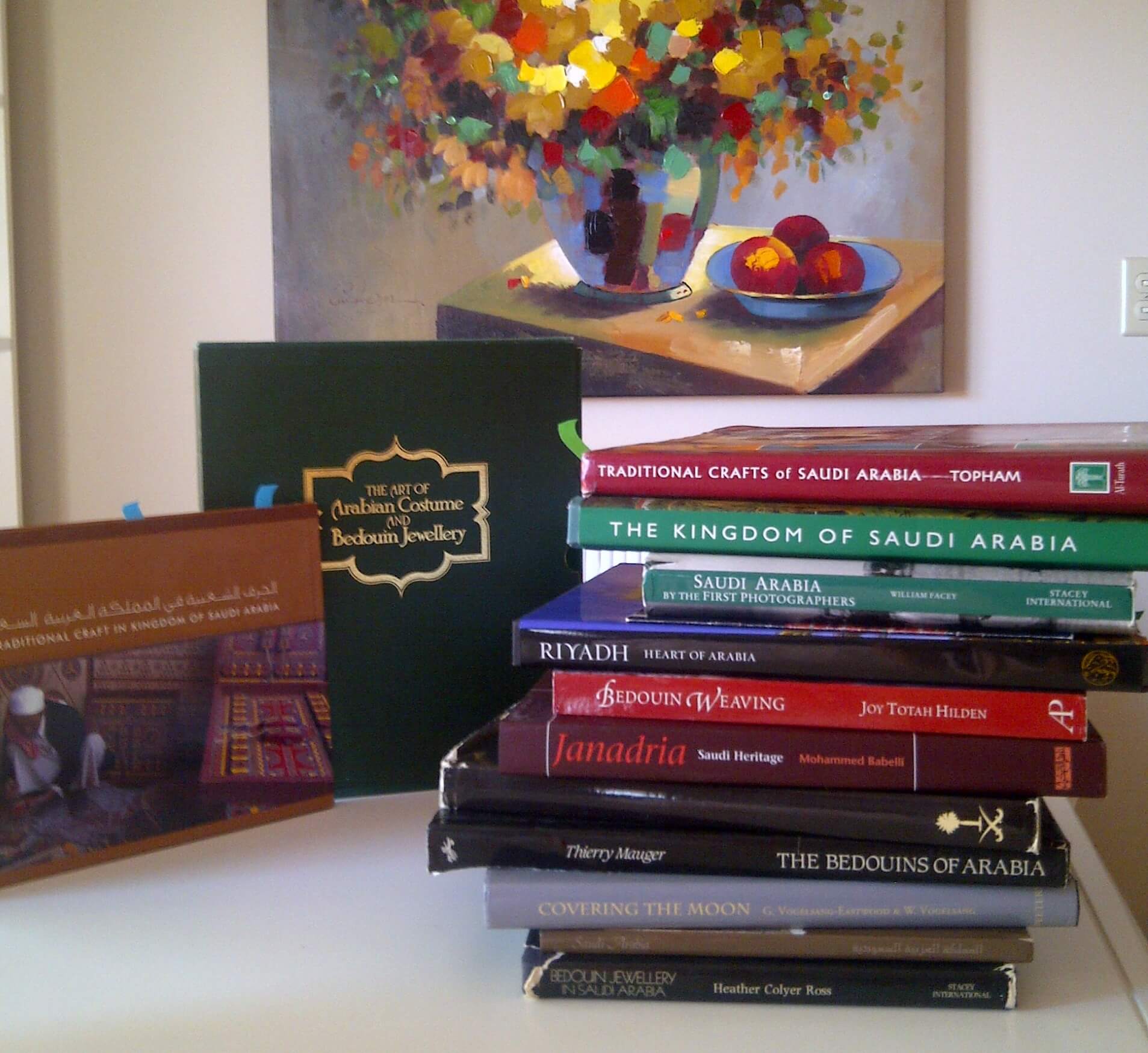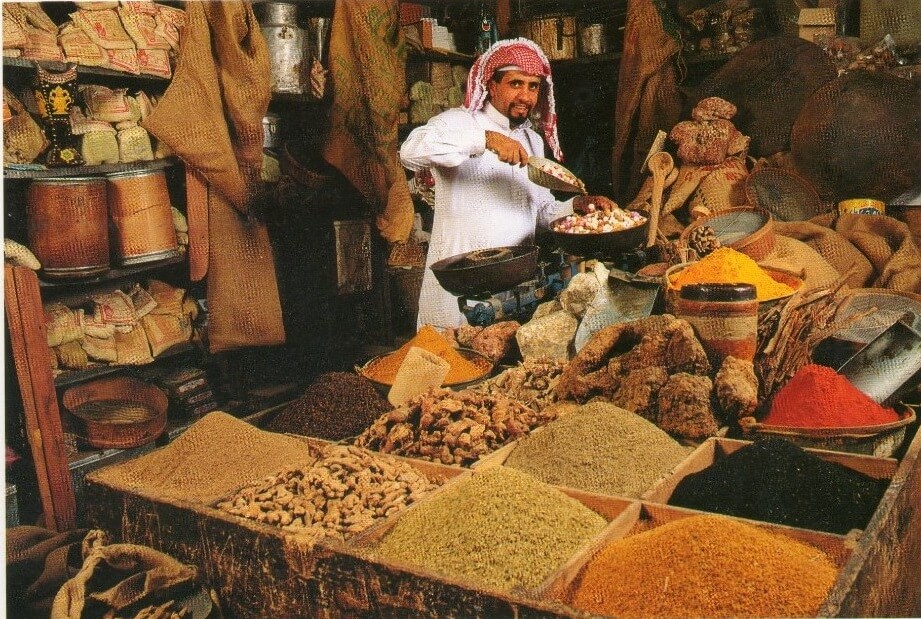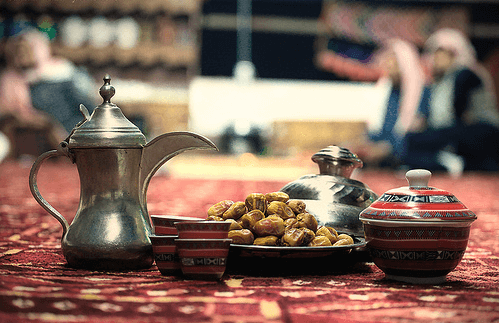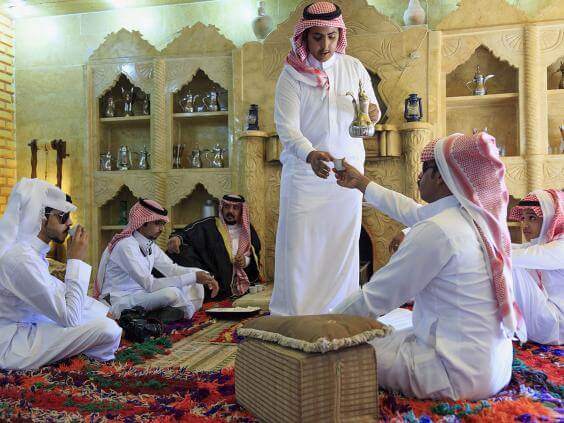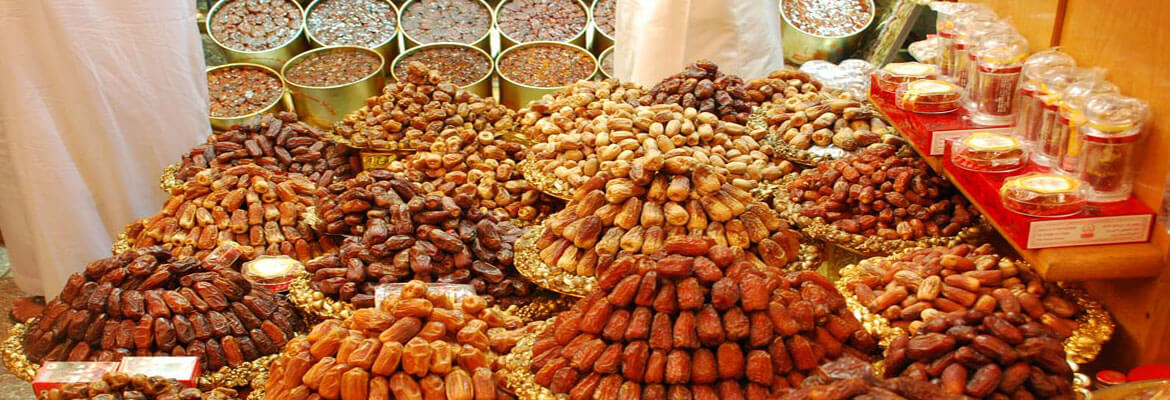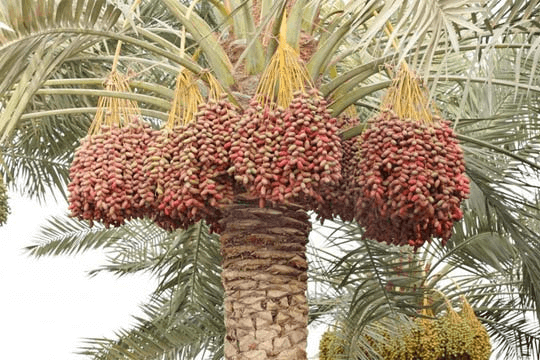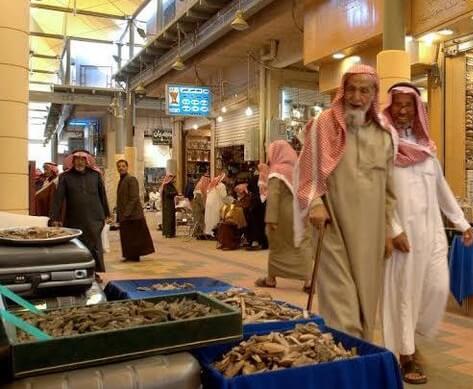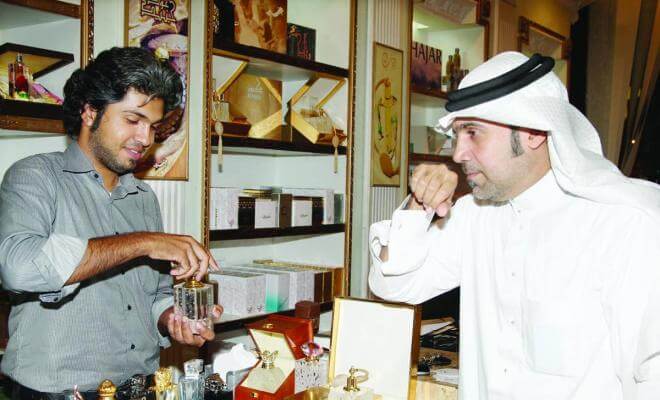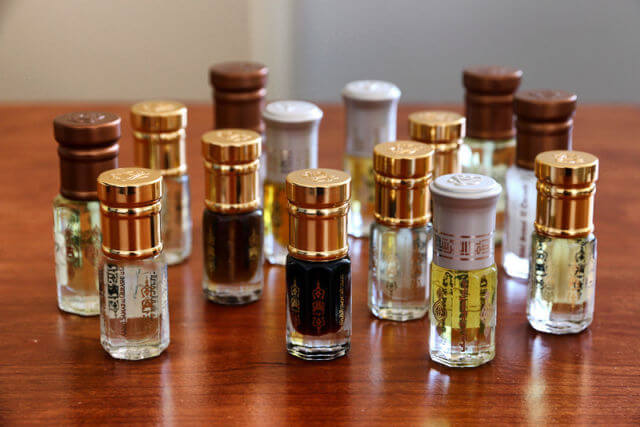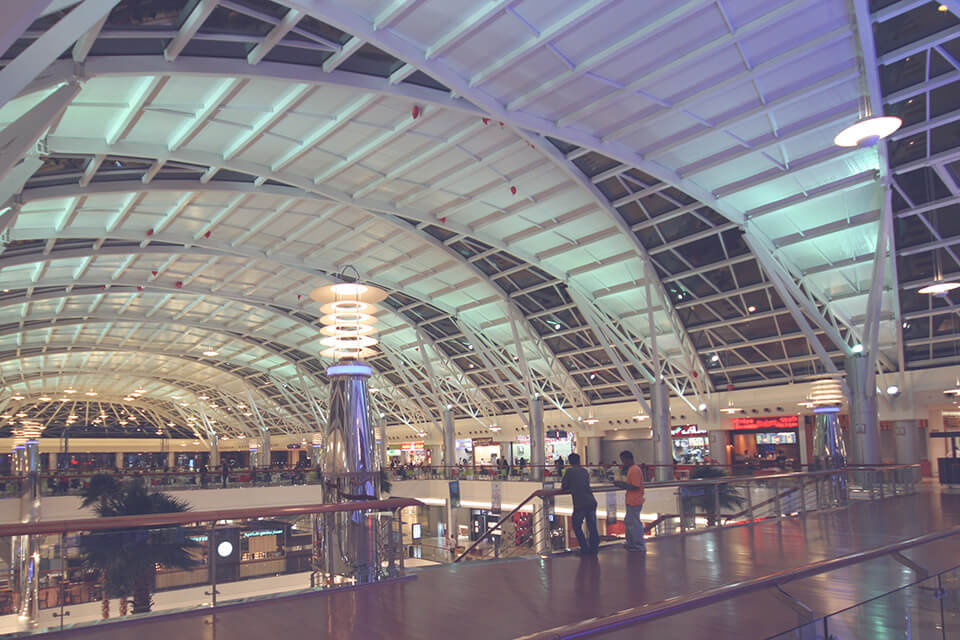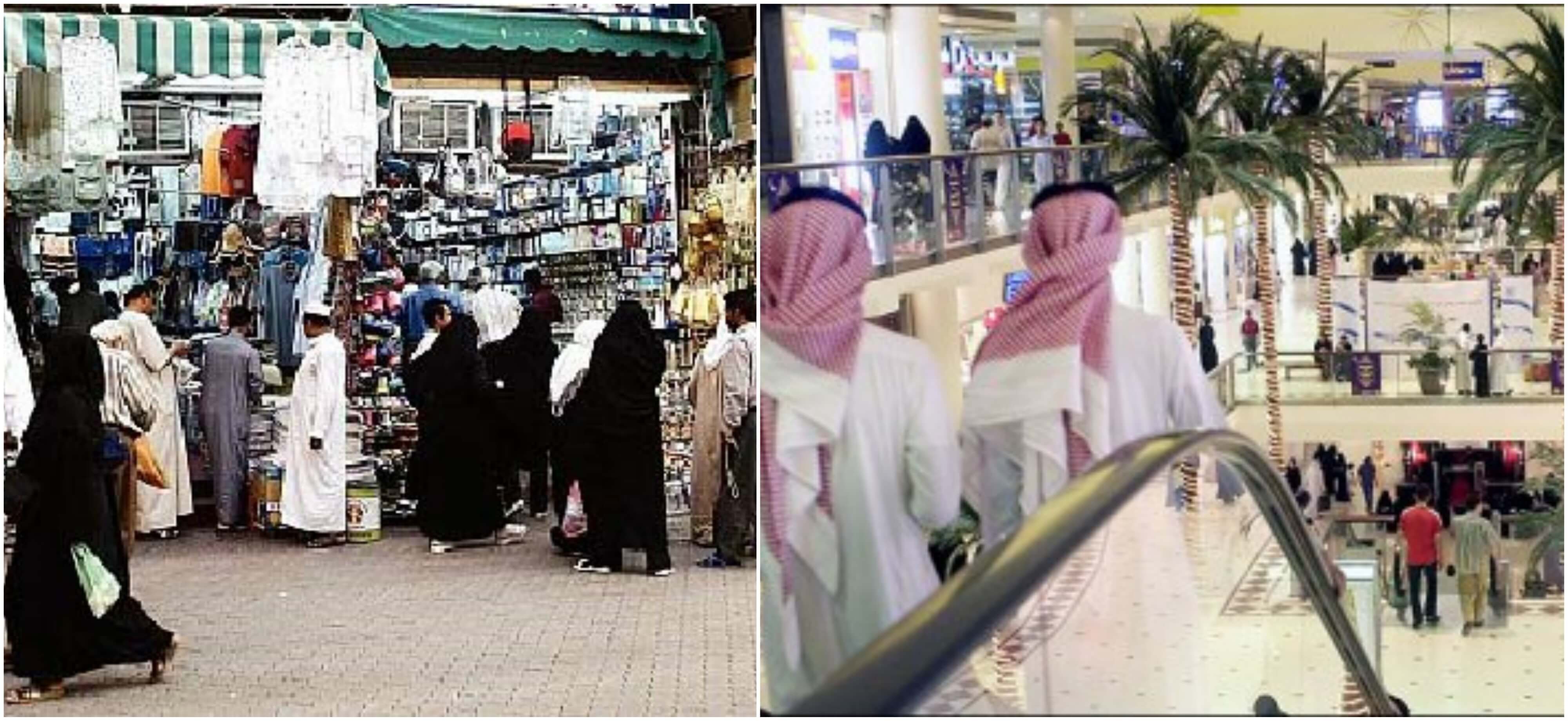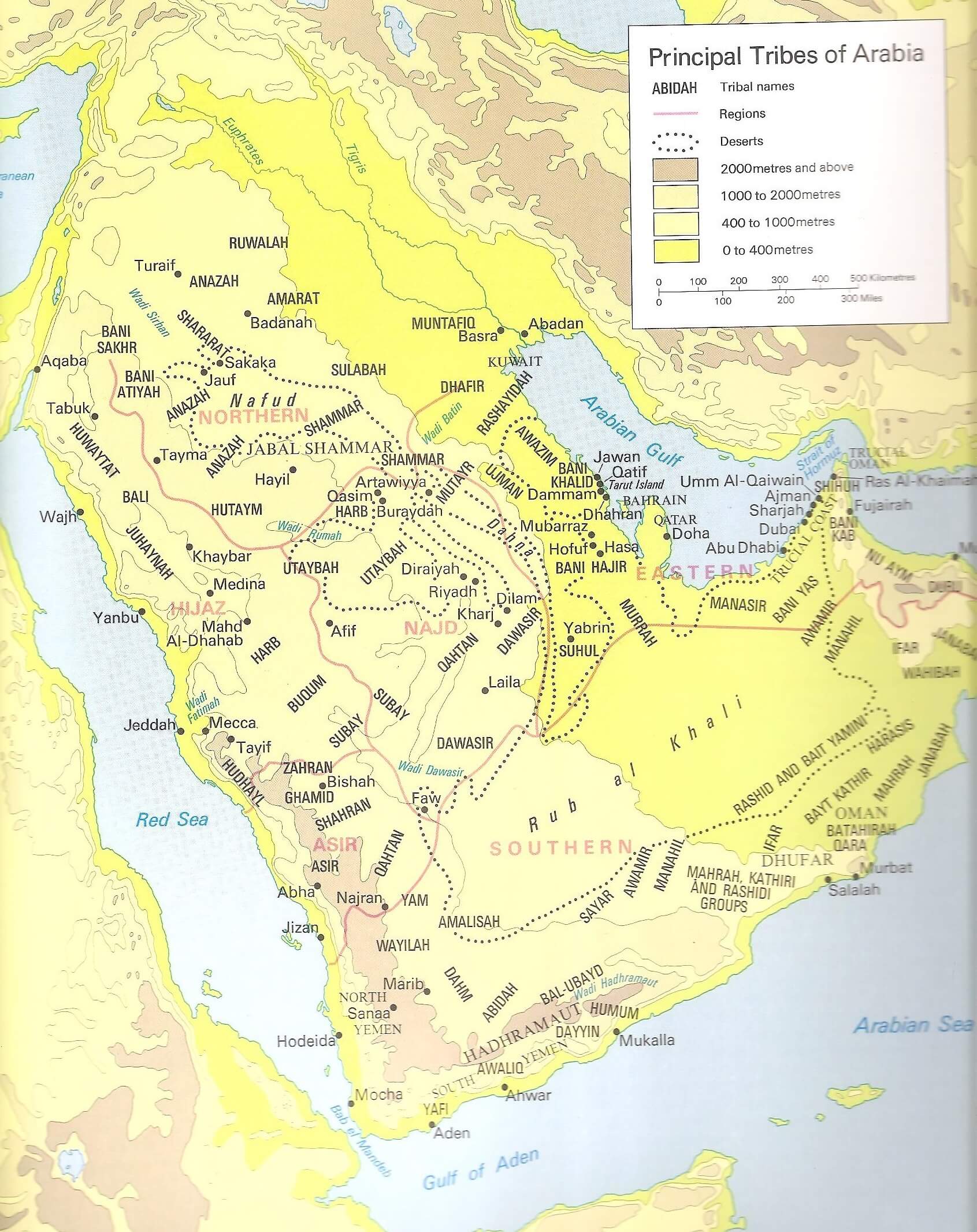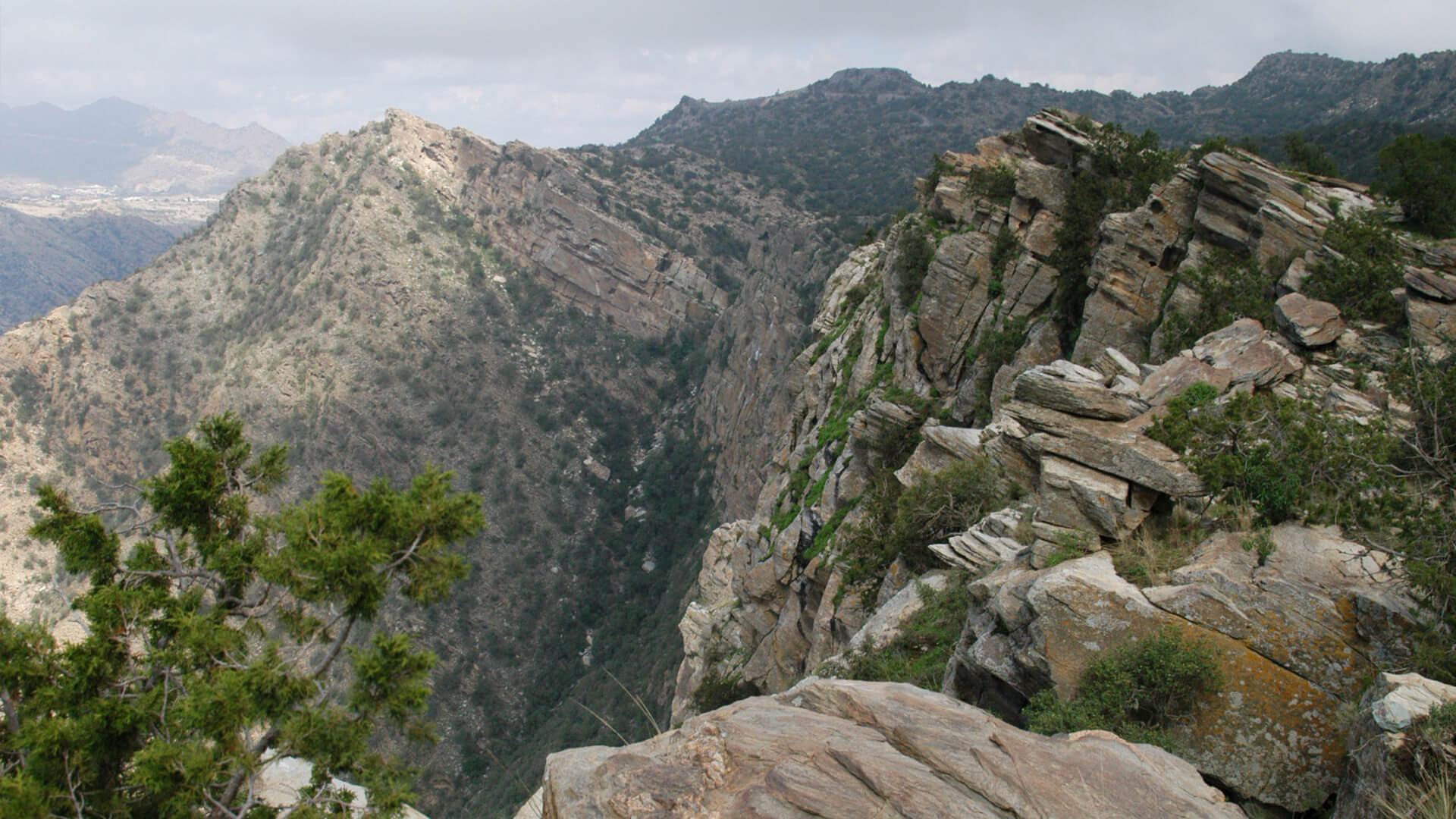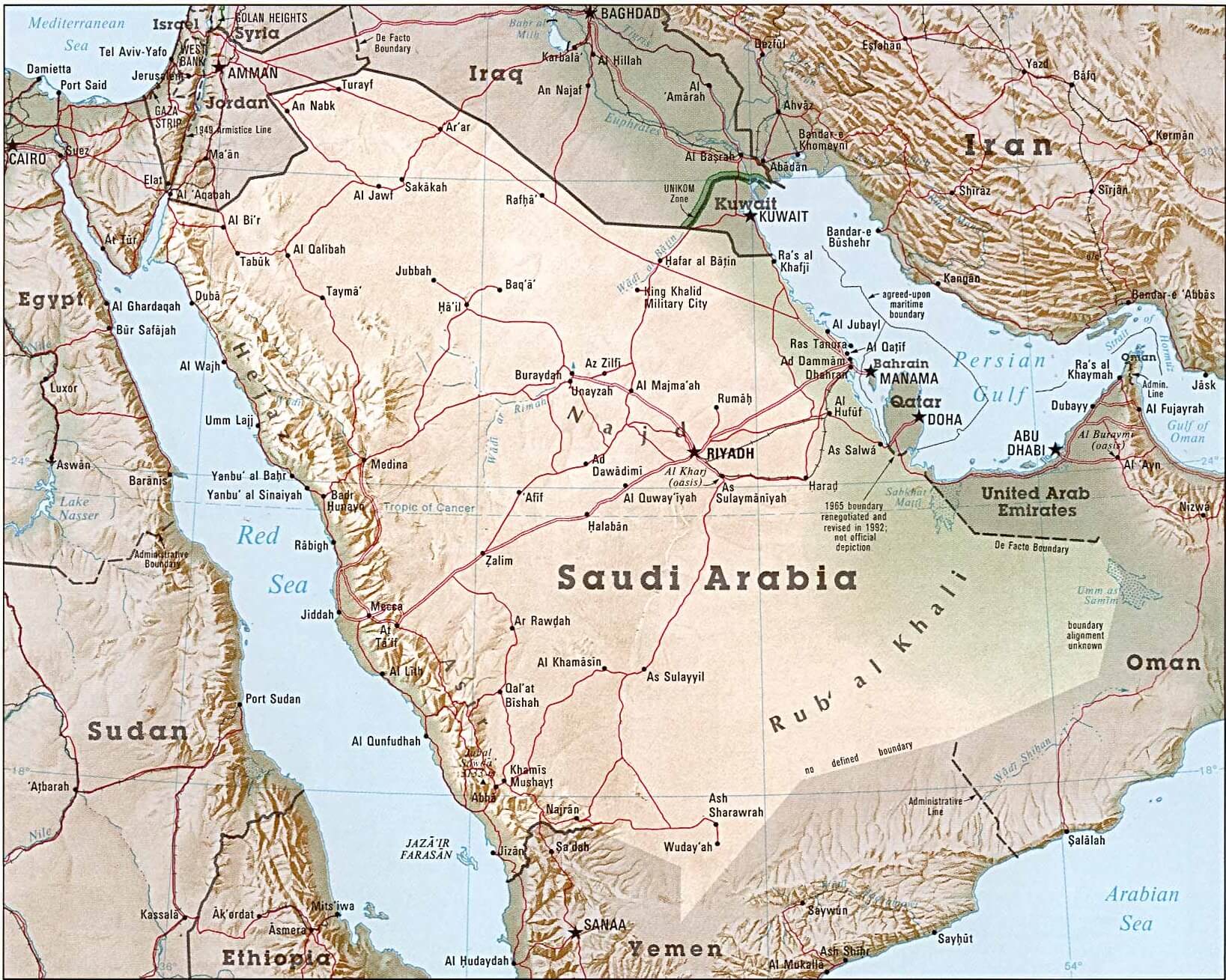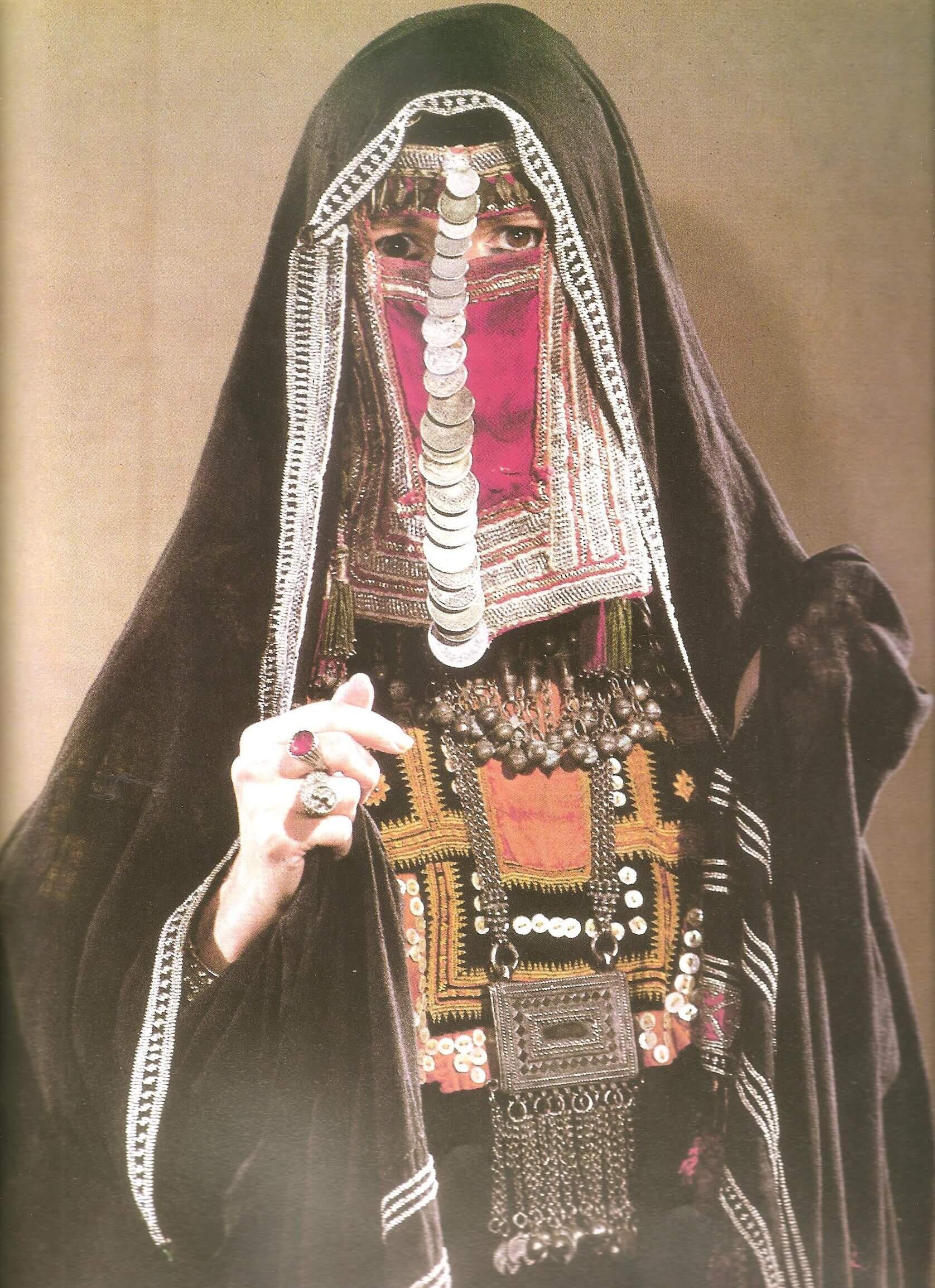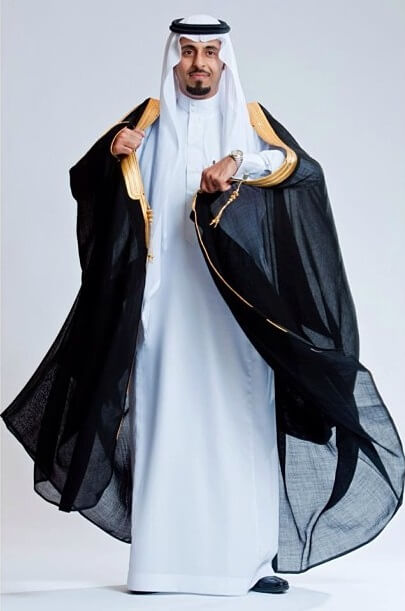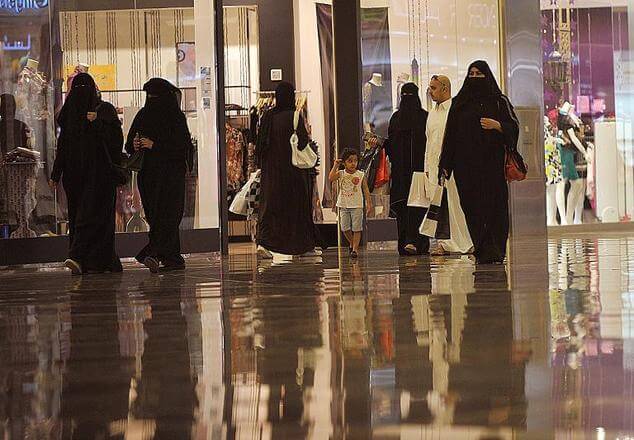What Souvenirs to Bring from Saudi Arabia – Part Eleven of the Top 15 Ideas for Gift Shopping.
Natural treasures of Saudi Arabia – Coral.
Usually coral reefs grow in all the world’s warm oceans where conditions are right – the reefs of the Red Sea are famous for their variety and color since water salinity is not too high and water temperature does not vary too much during the year. Nevertheless large and healthy coral reefs and coral islands are also common in the salty, shallow Arabian Gulf, where conditions are far from ideal for their growth.
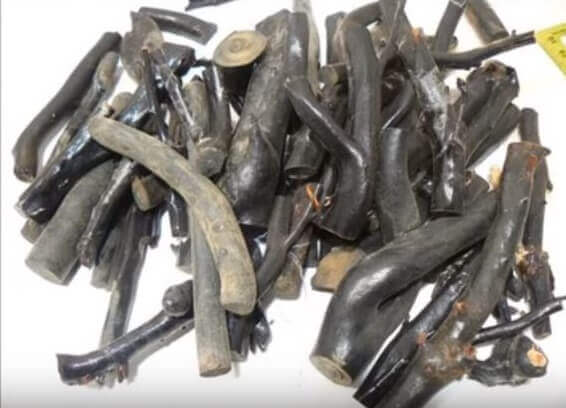
Red Sea black coral branches
The inhabitants of the Saudi coastal areas perfected the skill of diving and extracting corals from the shallow waters. They were able to differentiate among various types and colors of coral, which vary from white to light red, and deep red to black. Black coral is known by the name yusr. Arabian craftsmen excelled in inlaying coral with silver, this art was used when crafting worry beads.
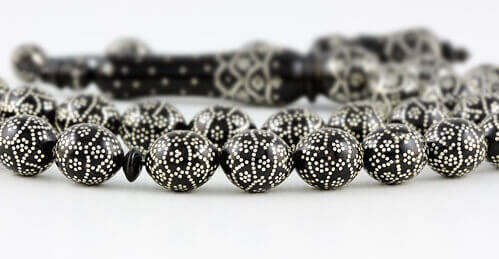
Black coral worry beads with silver “nail” inlays.
Image source unknown
Take a look at these gorgeous antique black coral beads with silver nail inlays!
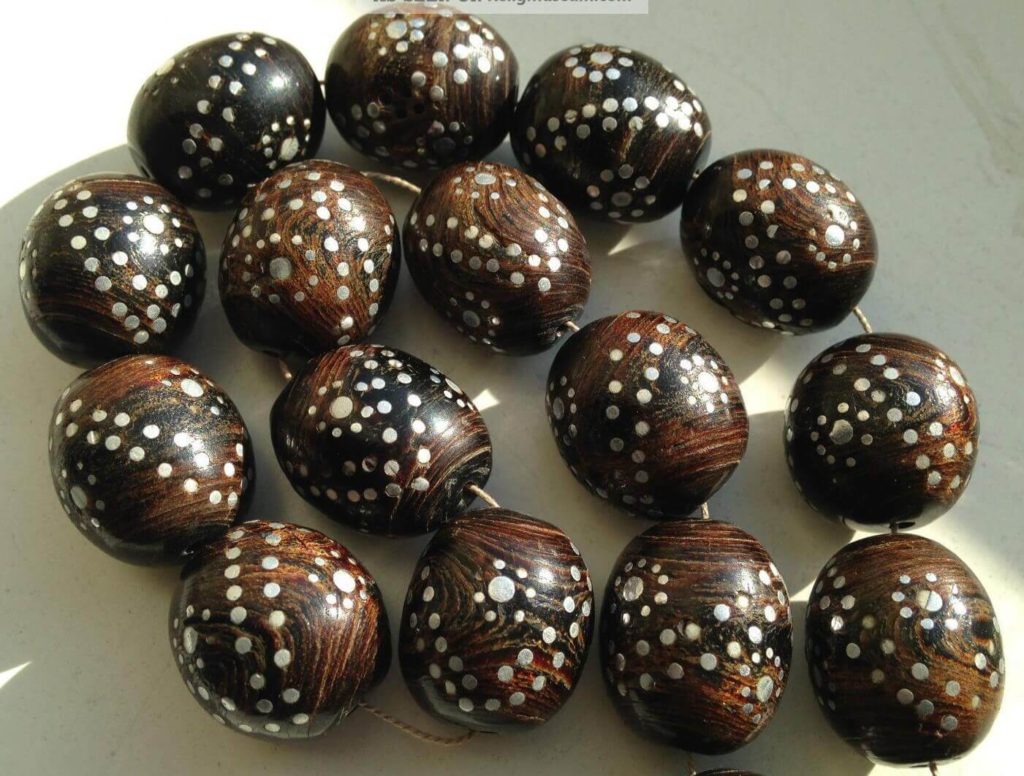
A string of antique black coral beads with silver nail inlays.
The art of silver nail inlaying is also used to decorate traditional daggers.
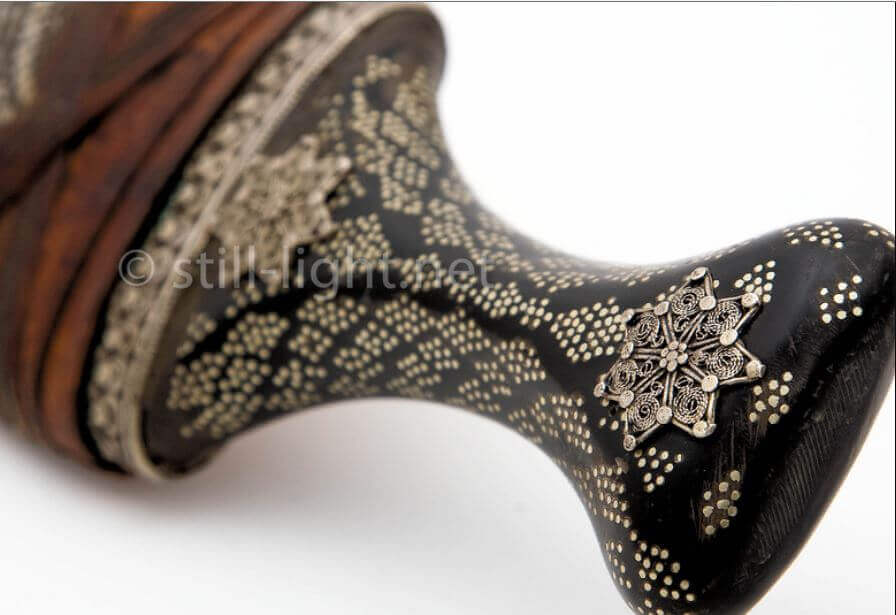
The handle decorated using the silver nail inlaying technique, of a traditional Arabian dagger.
A string of worry beads, either new or vintage, will make a great gift regardless of the beliefs: it’s a gorgeous piece of Arabian craftsmanship. A less expensive option will be beige coral worry beads.
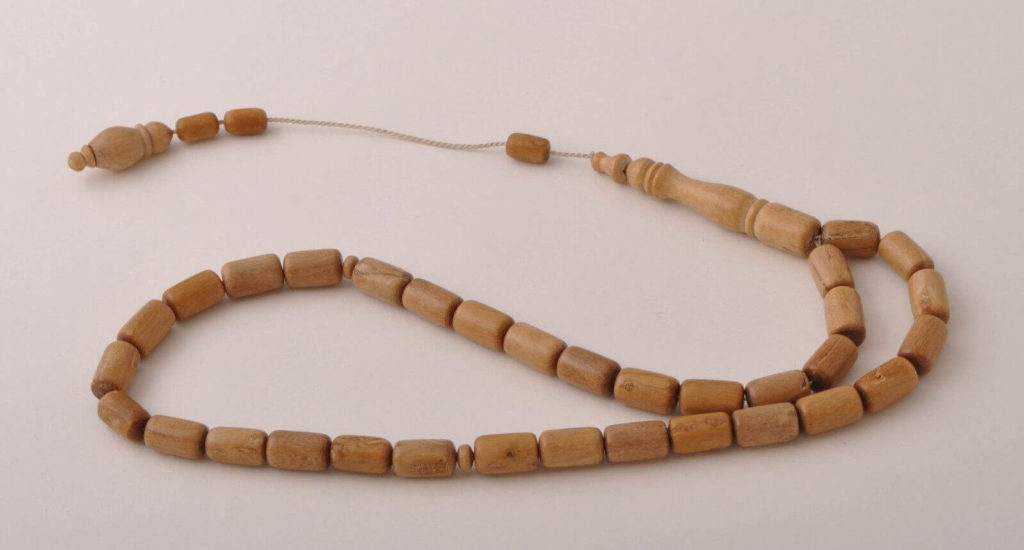
Worry beads made of beige coral
Image source unknown
Red coral was favored due to its color and popular among bedouins, that’s why it was the material of choice to complement the silversmith’s work.
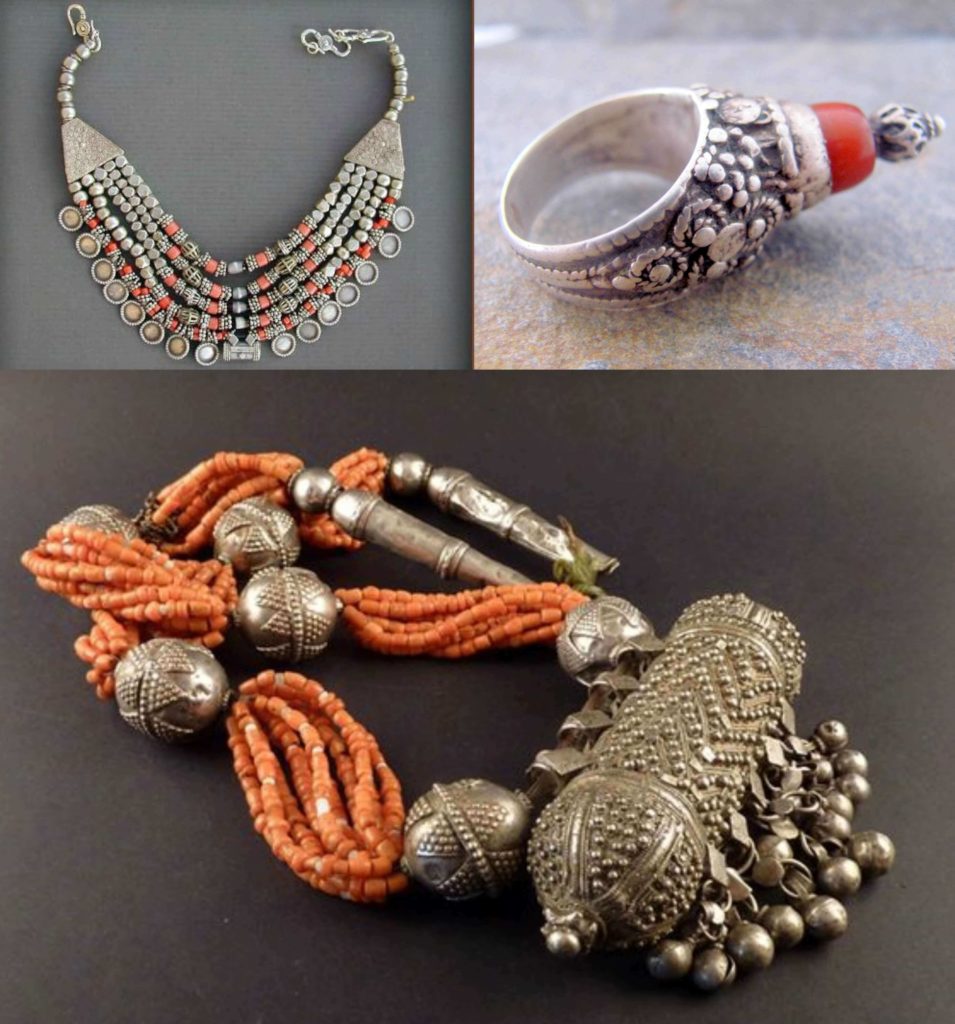
Arabian jewelry with coral beads.
Image source: various Ebay lots
How to check if the coral is real or imitation?
- The original red corals are organic products, and imitations are usually made of glass or plastic. If the beads make a glass sound, then it is a fake.
- If you submerge red coral in milk and wait for a while, the real red coral will slightly change the color of milk towards light reddish.
- Rub some raw turmeric against the red coral bead. If the turmeric turns red, the coral is an imitation.
- A coral reef is made of thin layers of calcium carbonate. See how it reacts with acid: gently swab a hidden part of the bead with lemon juice. If tiny bubbles appear on the coral’s surface, it means that the acid from the lemon juice has started reacting with the coral’s calcium carbonate, a substance that dissolves in acid. Wash off the lemon juice quickly if it does begin to bubble so as not to damage the coral.
Coral farming is no longer Arabian industry, and the Saudi government is making an effort to preserve coral reefs through various sponsored programs, therefore old coral beads are rare and their cost increases with time.
Seas around the Arabian Peninsula are rich in natural treasures. In the next post read about amber found in the Arabian Sea which was also traditionally used for jewelry making by bedouin handcrafters.

